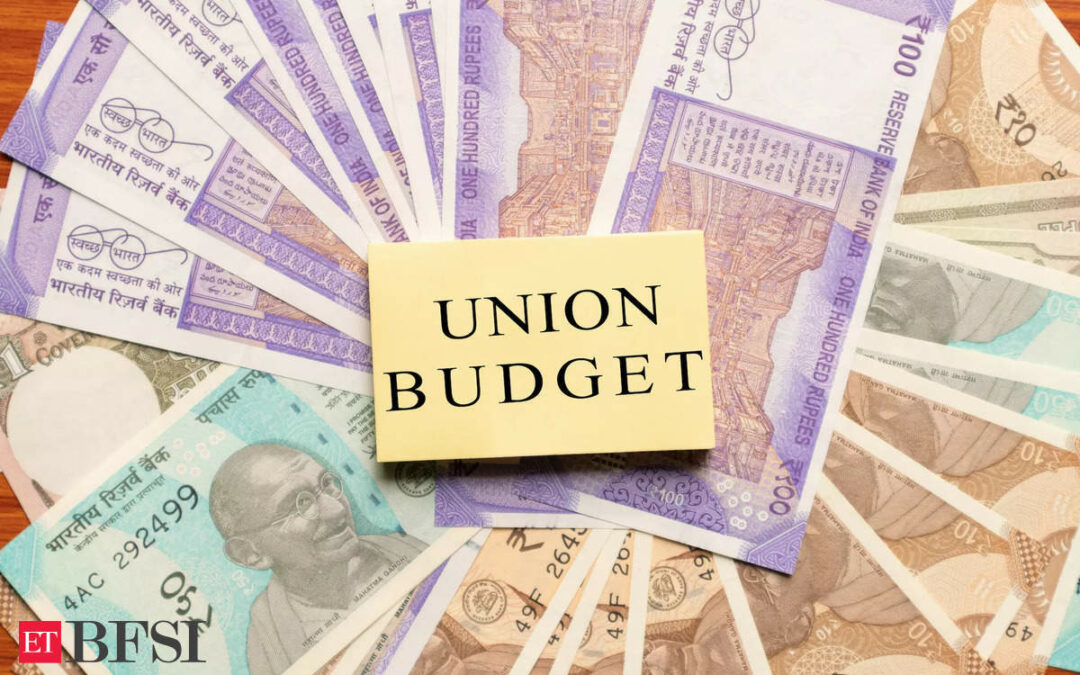Budget expectations: Buoyant tax revenues and cuts in current expenditure will help the central government set a fiscal deficit target of 5.3% of GDP in FY25, HSBC said Tuesday.
“Tax revenues could remain buoyant in FY25, growing faster than nominal GDP growth (11.9% gross tax revenue growth vs 10.6% nominal GDP growth). After all, structural benefits, for instance, those made possible by digitisation and better tax information, are likely to benefit for multiple years,” the economists noted in a report on budget expectations.
For all live budget updates click here
The finance minister, in her last budget, had pointed out that the government plans to bring the fiscal deficit down to 4.5% of GDP by FY26.
HSBC further pointed out that the government will, in all likelihood, also meet the fiscal deficit target of 5.9% set for FY24 on the back of higher tax buoyancy than budgeted despite higher subsidy spending.
Also Read: Budget 2024: Govt likely to maintain capex momentum in FY25
“Gross tax revenue buoyancy is likely to come in at 1.6 in FY24 versus a budget estimate of 1.0. The reason for this is a rapid rise in income tax (29% y-o-y), corporate tax (20%), and GST revenues (10%). On a net basis, tax revenues are 0.4% of GDP higher than budgeted,” the note highlighted.
The economists noted that the government spending less than budgeted on capital expenditure is also likely to help keep the deficit contained. According to HSBC, the government is expected to have a capex spending of Rs 9 lakh crore as against the budgeted Rs 10 lakh crore.
“Meanwhile, we expect capex to remain unchanged as a percentage of GDP in FY25. In INR terms, it would be a rise from Rs 9 lakh crore in FY24 to Rs 10 lakh crore in FY25,” it said.
Also Read: India’s fiscal deficit to be budgeted at 5.3 pc of GDP in FY25, says BofA Securities
The likely impact of fiscal consolidation on growth is likely to be limited, HSBC economists noted, while pointing out that it will lead to RBI turning less hawkish in FY25 and delivering two rate cuts of 25 bps each in the June and August policy meetings.
“Inflation could fall below 5% in January and average 4.5% for the next three quarters,” they noted.
Quality of spending
The global research firm noted that the quality of state spending has improved over the last year, but revenues are not growing as sharply and cash balances have reduced. It noted that the fiscal deficit of states is unlikely to change in the coming fiscal.
It projected market borrowing of states to rise much faster than the central government in FY25, much like in the current fiscal.
“The combined market borrowing of the two in FY25 is likely to grow slower than nominal GDP growth (2.1% vs 10.6% y-o-y), making the overall borrowing calendar broadly manageable,” it said.











